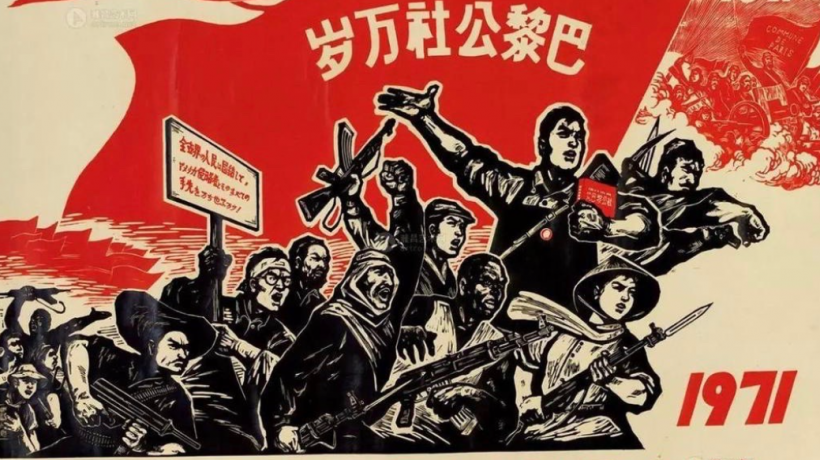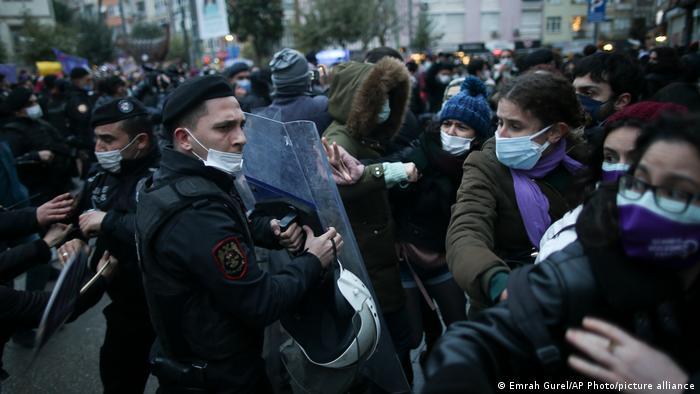Kimmy Yam 1 day ago
While authorities said Atlanta-area spa shooting suspect Robert Aaron Long, 21, told investigators he was motivated by "sexual addiction" and claimed he had no racial motivation, health specialists say the explanation falls short.

Capt. Jay Baker, a spokesman for the Cherokee County Sheriff's Office, said Long — who is accused of killing eight people, six of them Asian women — indicated that the spas were "a temptation for him that he wanted to eliminate." However, experts say such rationale has been used before in attempts to exonerate white men. The explanation also discounts racial dynamics and can “cause harm” in the way the public understands these issues.
White men have traditionally been given a pass when they say it -- and have the privilege of overlooking how race is a factor, experts say.
“Historically, the term ‘sex addiction’ has been used by white males to absolve themselves from personal and legal responsibility for their behaviors,” Apryl Alexander, associate professor in the Graduate School of Professional Psychology at the University of Denver, told NBC Asian America. “It is often used as an excuse to pathologize misogyny.”
The defense of sex addiction itself, Alexander said, is a highly controversial one as those in the fields of psychology, psychiatry and sex research continue to debate whether to formally recognize it. Currently, the idea that sex addiction is a disorder is not supported by research, nor is it accepted as a clinical diagnosis, she said.
“A lot of individuals who are doing this kind of self-reports of sexual addiction are having normative sexual behaviors and urges, but they might be excessive. Or for a lot of people, it's rooted in shame that ‘I'm having these attractions and emotional desires that are normal, but I don't recognize them as normal,’” Alexander said.
Though American Psychiatric Association added the concept of sexual addiction to its Diagnostic and Statistical Manual of Mental Disorders in 1987, it later retracted the term and has since rejected the addition of the idea to its later editions including the DSM–5, which is widely seen as the definitive resource on mental disorders, on the basis of the lack of supporting evidence.
Alexander said this sexual behavior doesn’t affect the brain in the same ways other addictions, including substance use and gambling behavior, do, either, calling the characterization of Long’s behavior “concerning.”
The self-identification of sex addiction, she said, is often seen in individuals who are raised in conservative and religious environments, “where there's a high level of moral disapproval of their natural kind of sexual urges and desires.” Many of these populations are overwhelmingly white.
In examining acts of gender-based violence, Alexander said such attacks often occur at the intersection of misogyny, racism, xenophobia and homophobia. She emphasized that contrary to what Long told police, such violence “doesn’t just occur in isolation.”
Richelle Concepcion, president of the Asian American Psychological Association, said accepting the suspect’s rationale in this case erases several colliding dynamics of class, immigration status and gender that impact the communities most at risk for physical and sexual violence.
“Quite frankly, it’s really difficult to attribute the atrocious behaviors to an addiction, especially when you look at the demographics of a majority of those who were murdered,” she said. “Race and gender do play a role in this.”
“It’s really unfair to take his word as there is intersectionality that exists pertaining to the lives taken, especially when one considers that the suspect claims to have gone to these businesses with the intention of eliminating the threat of temptation,” Concepcion added.
Still, sex addiction is a common defense invoked by white men in power. After a number of allegations emerged from multiple women, including several who were underage at the time, accusing comedian Chris D’Elia of requesting sexual favors, he responded with a video in February saying, “Sex controlled my life.” He added, “I had a problem and I do have a problem.”
Harvey Weinstein similarly claimed in a 2017 video that he wasn’t “doing OK” and “I’ve got to get help,” after numerous accusations of sexual harassment and rape. In a statement provided to NBC News, his brother Bob Weinstein described him as “obviously a very sick man.”
And former congressman Anthony Weiner, for example, in 2017 broke down in front of a judge after being sentenced to 21 months in prison for sexting an underage girl. Weiner, who called himself a “very sick man for a very long time,” had aimed to avoid jail time after the judge acknowledged that he had sought and received treatment for the behavior.
But controversies don’t end at the diagnosis itself, and treatments have also been criticized for insufficiently addressing the role of misogyny in sexual behavior. Ideas, including society’s hypersexualization of Asian women, Alexander said, often go unexamined.
“They often don't talk about these hypermasculine attitudes or misogynistic messages that individuals are getting, whether that's from pornography or society at large,” Alexander said. “A lot of these so-called treatment programs often reinforce gender stereotypes. They talk about things like ‘Women are tempting you,’ ‘Women in pornography are trying to seduce you, and that's why you need to avoid’ instead of talking about your own kind of personal attitudes and behaviors that cause you to marginalize women.”
Such framing of women as “temptresses,” particularly in reference to Asian women, in part shifts onus from perpetrator to victim, Concepcion said. It plays into a stereotype of women as manipulative dragon ladies, fueling dangerous perceptions that make them uniquely vulnerable to violence. She explained that there’s a tendency to attribute the reasoning behind violence and murderous acts to others’ malicious intent, creating the perception that these victims who were killed intentionally provoked the perpetrator to violence.
“There have been examinations recently of television shows and even movies from years ago that depicted Asian women as temptresses, which appear to prove these stereotypes of Asian women as fact,” she said.
Alexander said larger toxic societal issues need to be unpacked in this context of treatment, in addition to other experiences that may have contributed to such behaviors.
“Those are the things that need to be addressed as underlying issues in this constellation of things that may have led to maybe sexual preoccupation,” she said. “The sexual compulsions or preoccupations are often associated with other types of underlying psychological issues, unmet emotional needs, childhood trauma or, again, power and control dynamics that contribute to oppression.”
But experts stressed that even when people exhibit attitudes that are indicative of oppression and marginalization of others, that does not often lead to committing an act of mass violence. Contrary to prevailing stereotypes, statistics show that roughly 3 percent to 5 percent of violent acts can be attributed to people who have a serious mental illness. In reality, individuals confronting mental health issues are more than 10 times more likely to be victims of violent crime compared to the general population.
For people dealing with sexual preoccupation that may be causing them distress, experts recommend help and support that approach the issue with positivity. Treatments that are shame-based are never effective, Alexander said, and mitigating feelings of shame comes with comprehensive sex education. Sexuality is marginalized so frequently in culture and it’s not uncommon that people harbor difficult emotions around the subject, unsure of how to wrestle with it, she said.
“A lot of our sex education is rooted in shame and stigma, that we don't talk about normative sexuality and how to work through that — that maybe your urges are natural,” she said.
With the resources available to help people living with mental illnesses, Concepcion said it’s never acceptable to chalk this violent behavior up to having a “bad day.”
“Many of us have bad days and yet a majority of us focus on other forms of coping to alleviate the impact of said days,” she said. “It is never justified to take lives or engage in acts of violence when we ourselves have experienced less than ideal days.”











